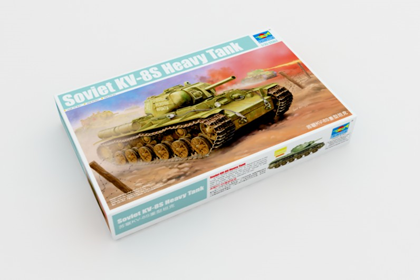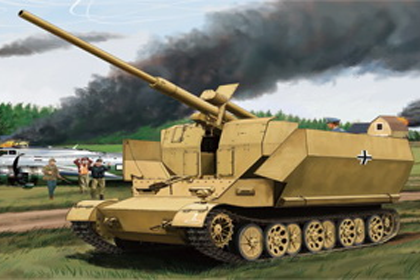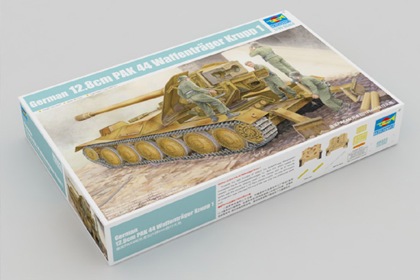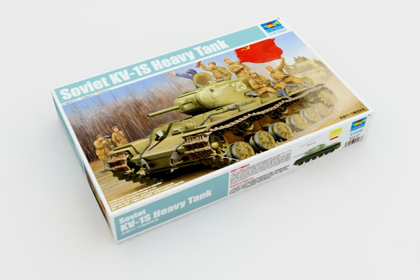This is the Zvezda 3534 kit in 1/35 scale, of the ‘Russian Tank Destroyer ISU-122’.
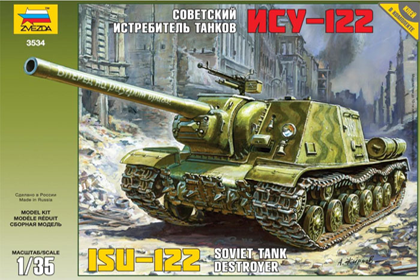
History
The ISU-122 was built on the proven chassis of the IS-2 heavy tank, which it shared with the ISU-152 self-propelled howitzer. When Soviet production of hulls exceeded their ability to produce the large ML-20S howitzers, the decision was made to install the smaller 122mm A-19S gun in the extra hulls, and the ISU-122 was born.
The new tank destroyer was equipped with a full-enclosed armored cockpit. The 122mm gun could be used to destroy both enemy tanks and fortifications. For this purpose, ISU-122s were supplied to special assault groups. Production of the ISU-122 ended as the war drew to a close. After the war, most of the surviving ISU-122s were refitted as rocket launchers.
Manufacturer
Where I got it
- Stoppel Hobby (December 2014)



